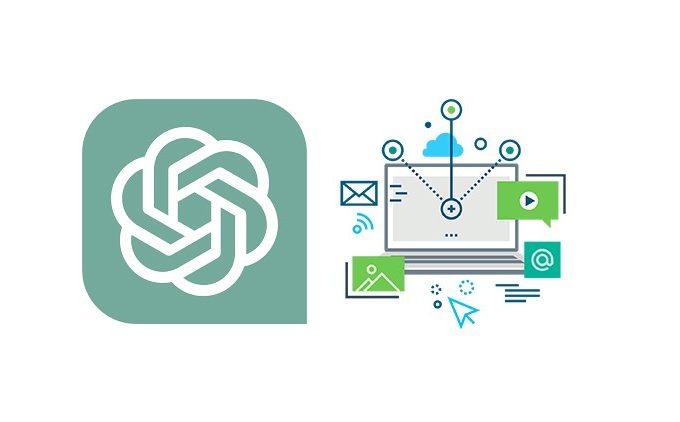A new report from the GSMA reveals that over 800 million women will need to adopt mobile internet in order to close the digital gender gap by 2030 across low- and middle-income countries (LMICs).
The report, titled “The Mobile Gender Gap Report 2023,” found that women in LMICs are 19% less likely than men to use mobile internet, equating to around 310 million fewer women than men.
The report also found that the rate of adoption of mobile internet among women has slowed for the second year in a row. In 2022, only 60 million women adopted mobile internet, versus 75 million in 2021.
The report found that there are a number of factors that contribute to the digital gender gap, including:
- Affordability: The cost of mobile phones and data plans can be a barrier for women in LMICs.
- Literacy and digital skills: Women in LMICs are less likely to be literate and have digital skills, which can make it difficult for them to use mobile internet.
- Safety and security concerns: Some women in LMICs are concerned about using mobile internet because of safety and security risks.
The report found that mobile internet can have a number of positive benefits for women, including:
- Increased access to education and employment opportunities: Mobile internet can help women access educational and employment opportunities that would otherwise be unavailable to them.
- Improved financial inclusion: Mobile internet can help women access financial services, such as mobile money, which can help them to improve their financial situation.
- Enhanced communication and social support: Mobile internet can help women to stay in touch with their families and friends, and can also provide them with access to social support networks.
The report recommends that a number of stakeholders, including governments, mobile operators, and development organizations, take action to close the digital gender gap. These actions include:
- Providing affordable mobile phones and data plans: Governments and mobile operators can work together to provide affordable mobile phones and data plans for women in LMICs.
- Providing digital literacy and skills training: Governments and development organizations can provide digital literacy and skills training for women in LMICs.
- Addressing safety and security concerns: Governments and development organizations can work to address safety and security concerns that women in LMICs have about using mobile internet.
The report concludes by stating that closing the digital gender gap is essential for achieving the Sustainable Development Goals (SDGs). The SDGs are a set of 17 goals that were adopted by the United Nations in 2015. Goal 9 of the SDGs is to “build resilient infrastructure, promote inclusive and sustainable industrialization and foster innovation.” Mobile internet can play a key role in achieving this goal by providing women in LMICs with access to education, employment, financial services, and social support.





